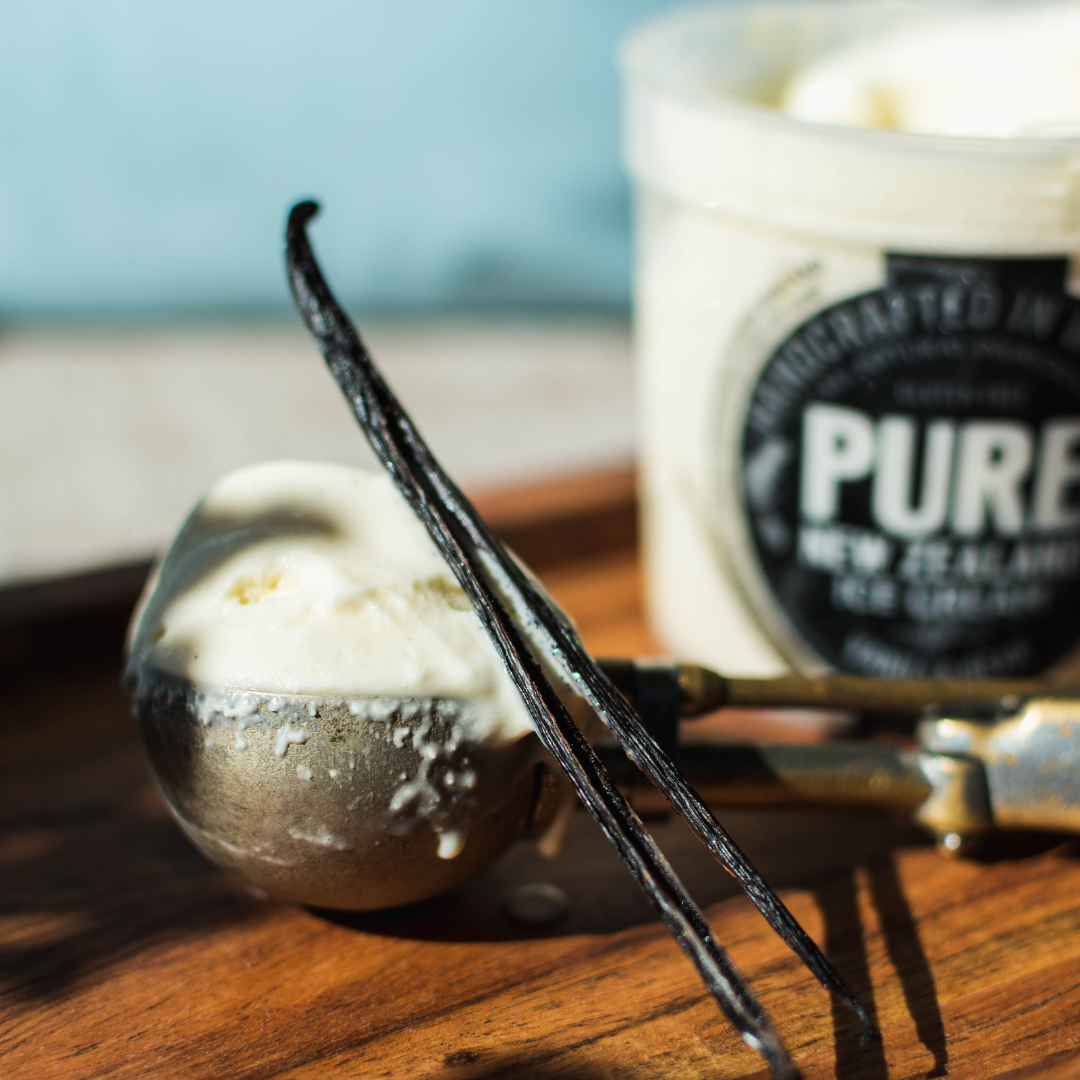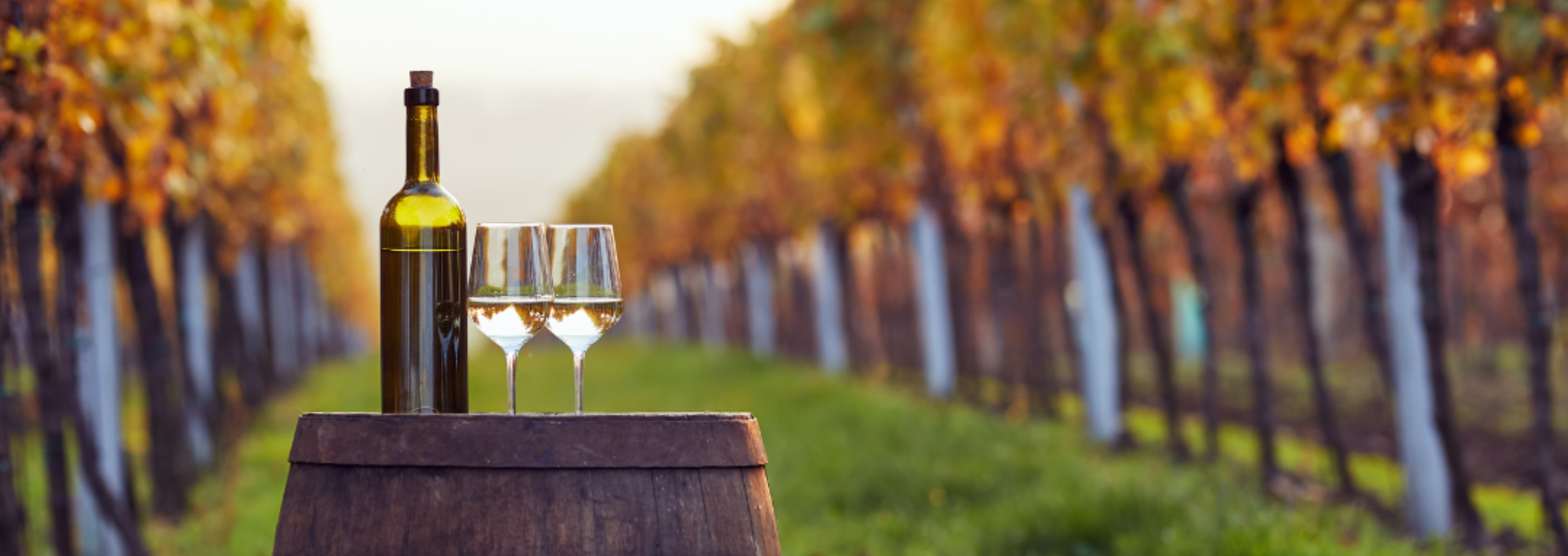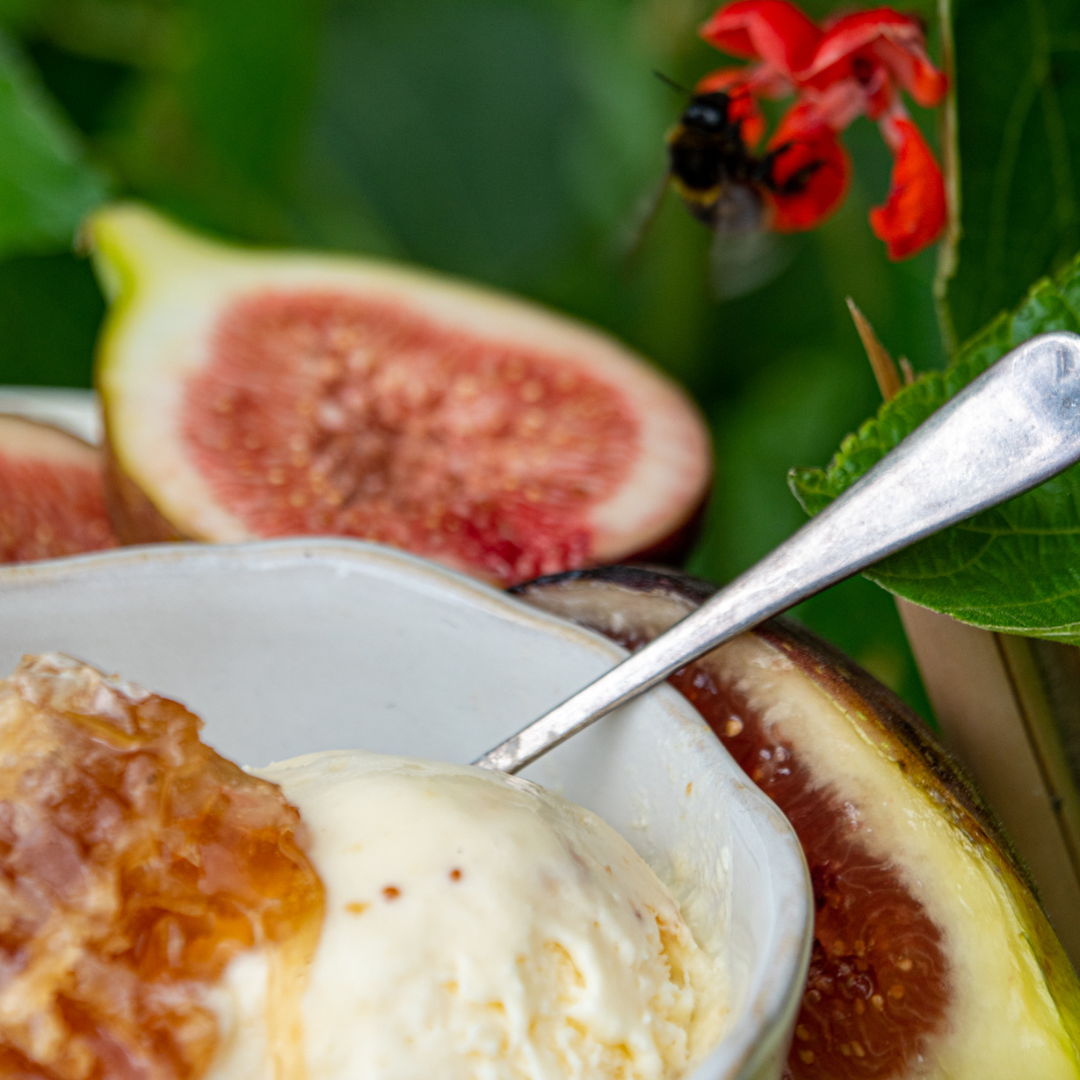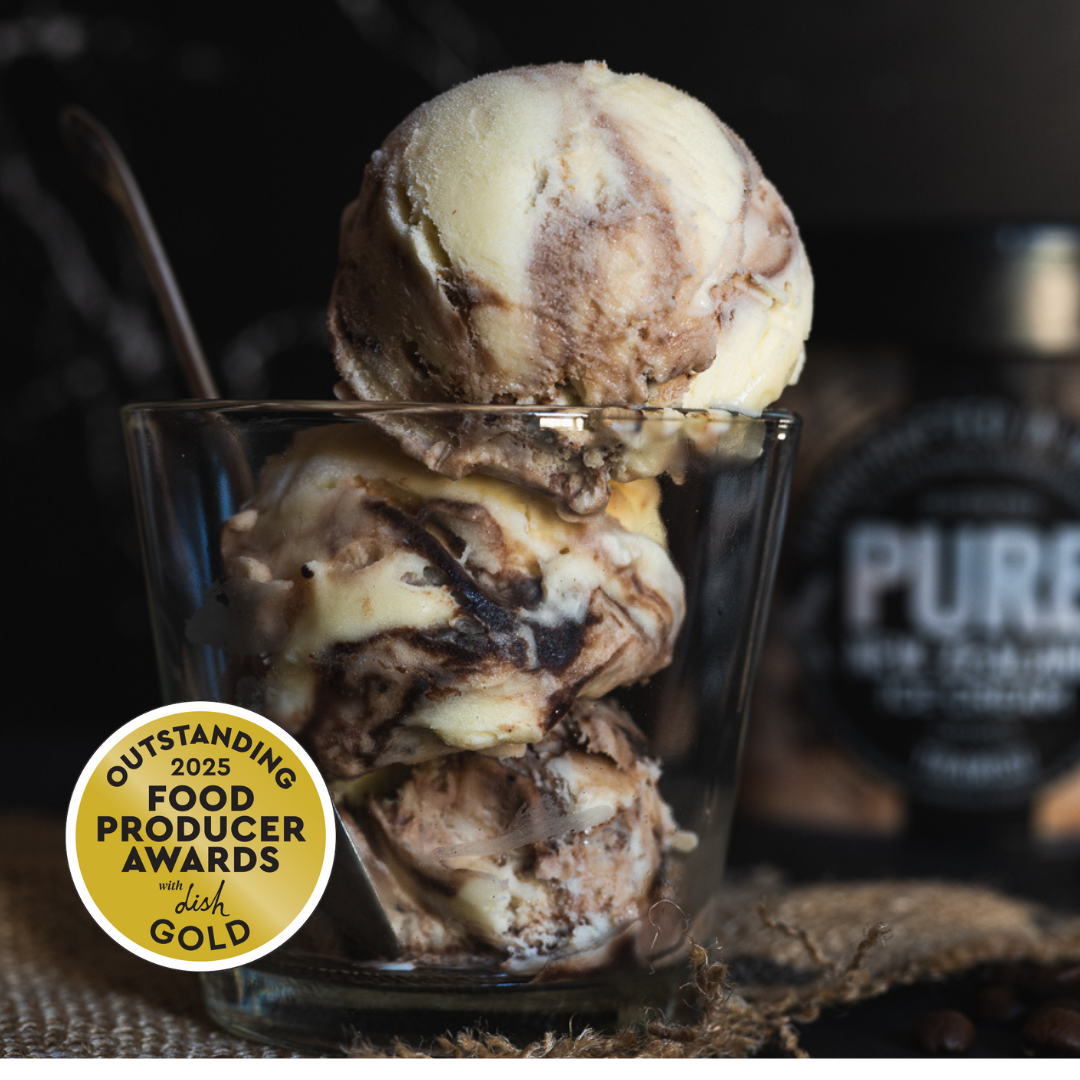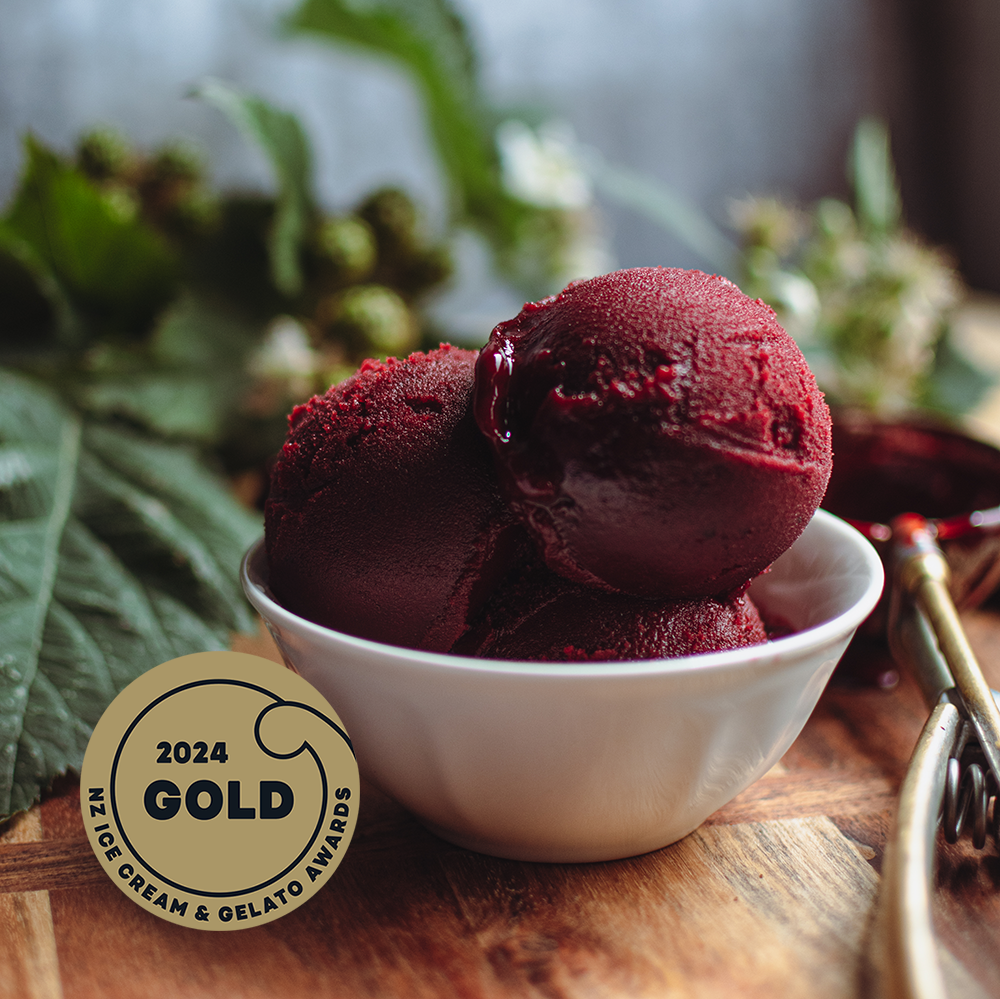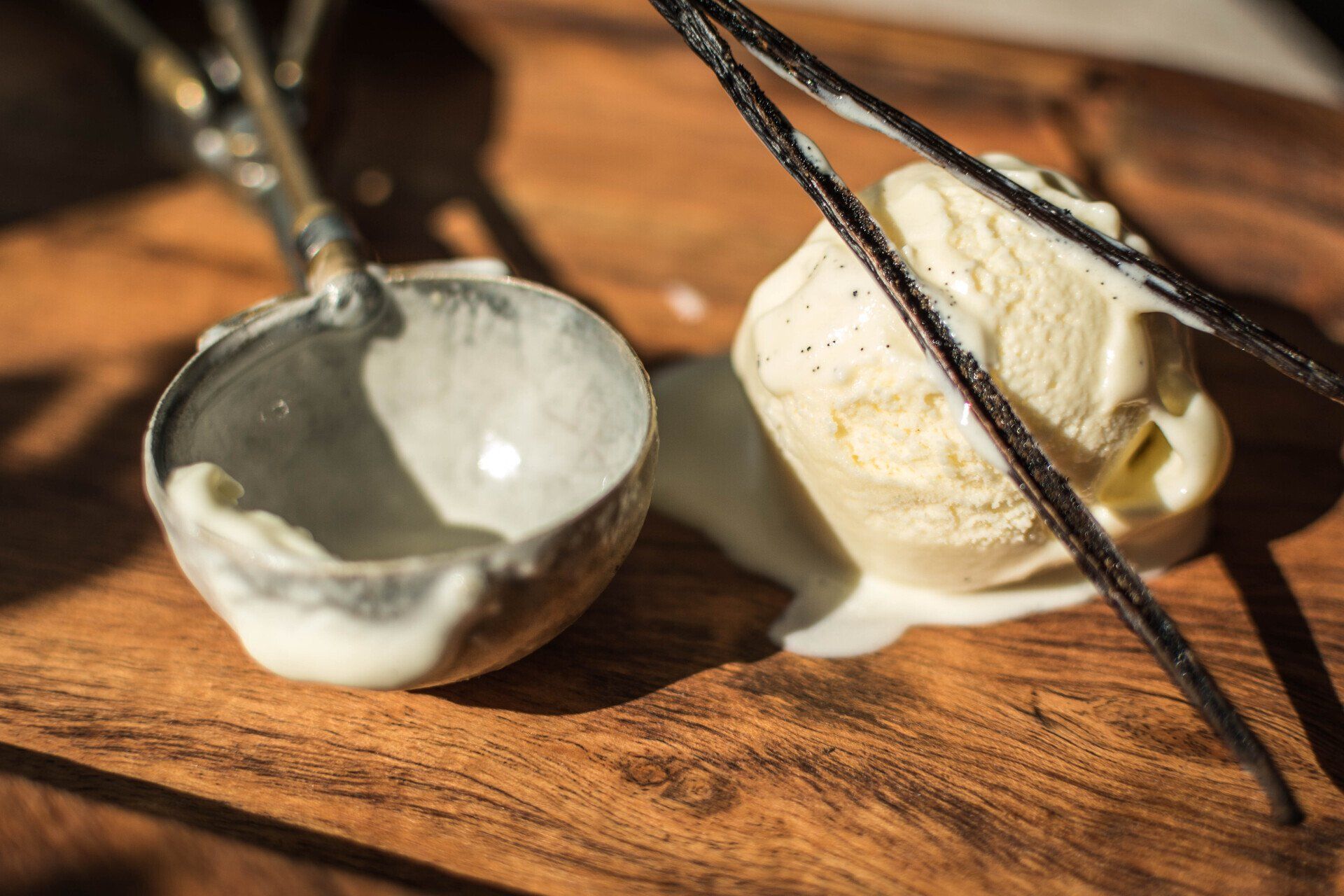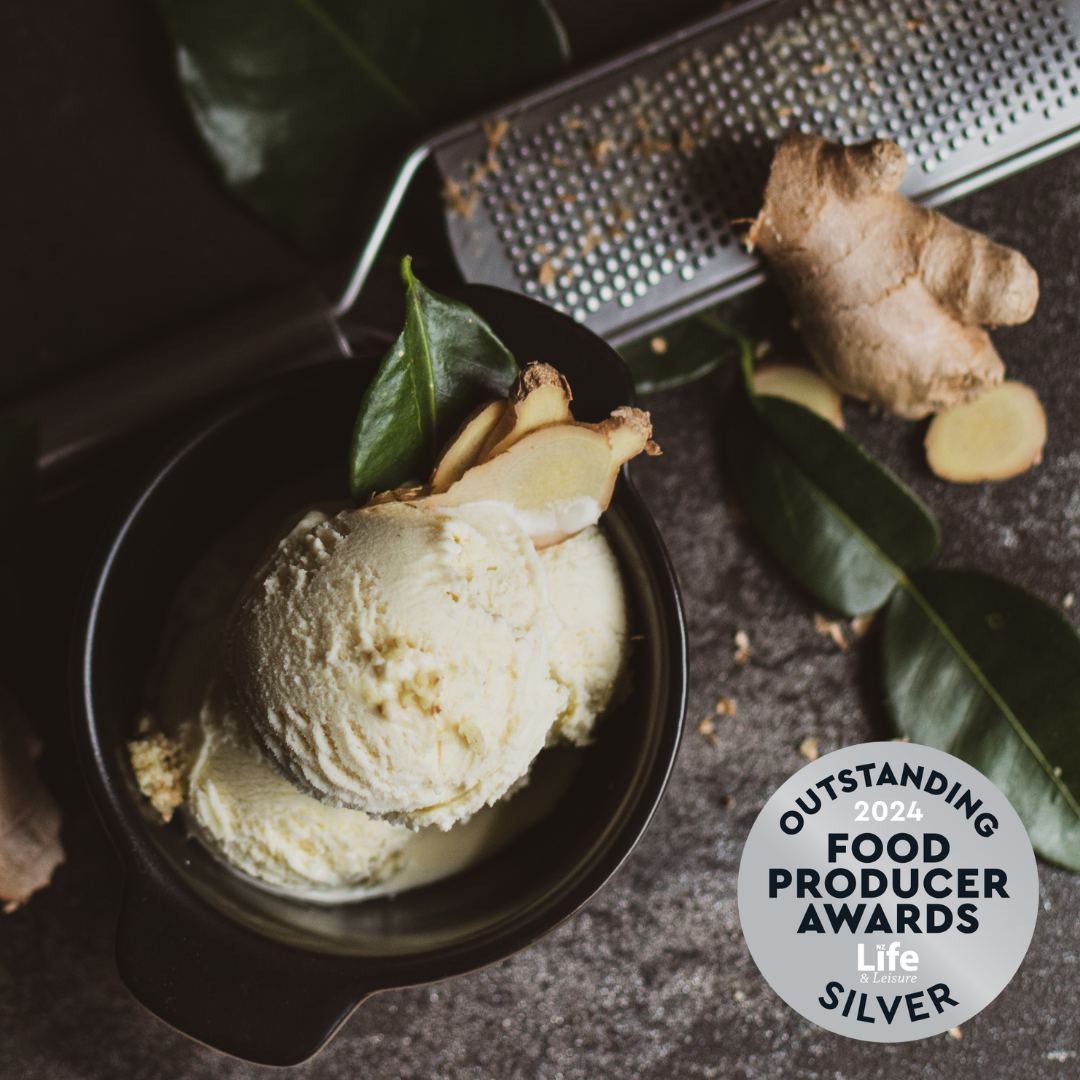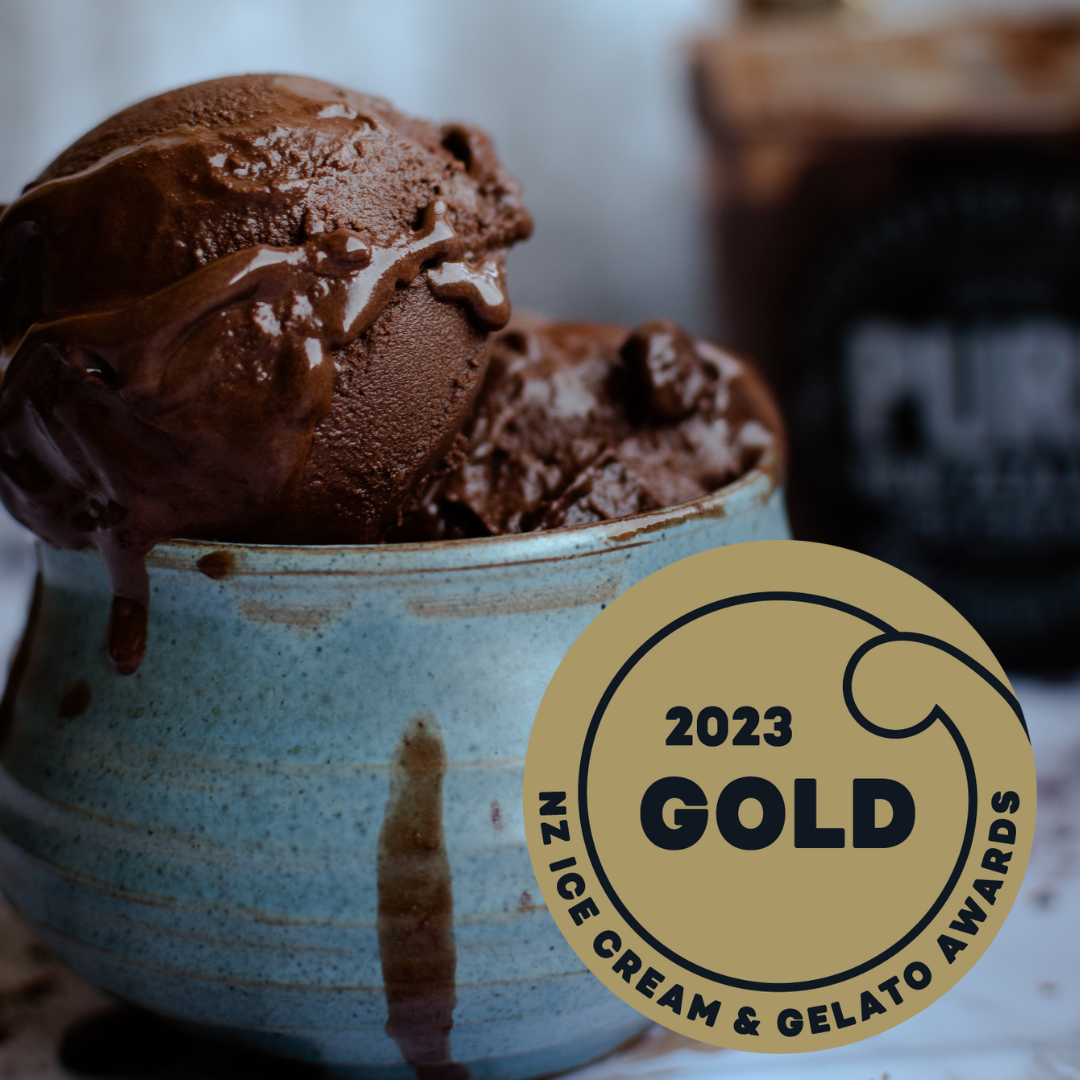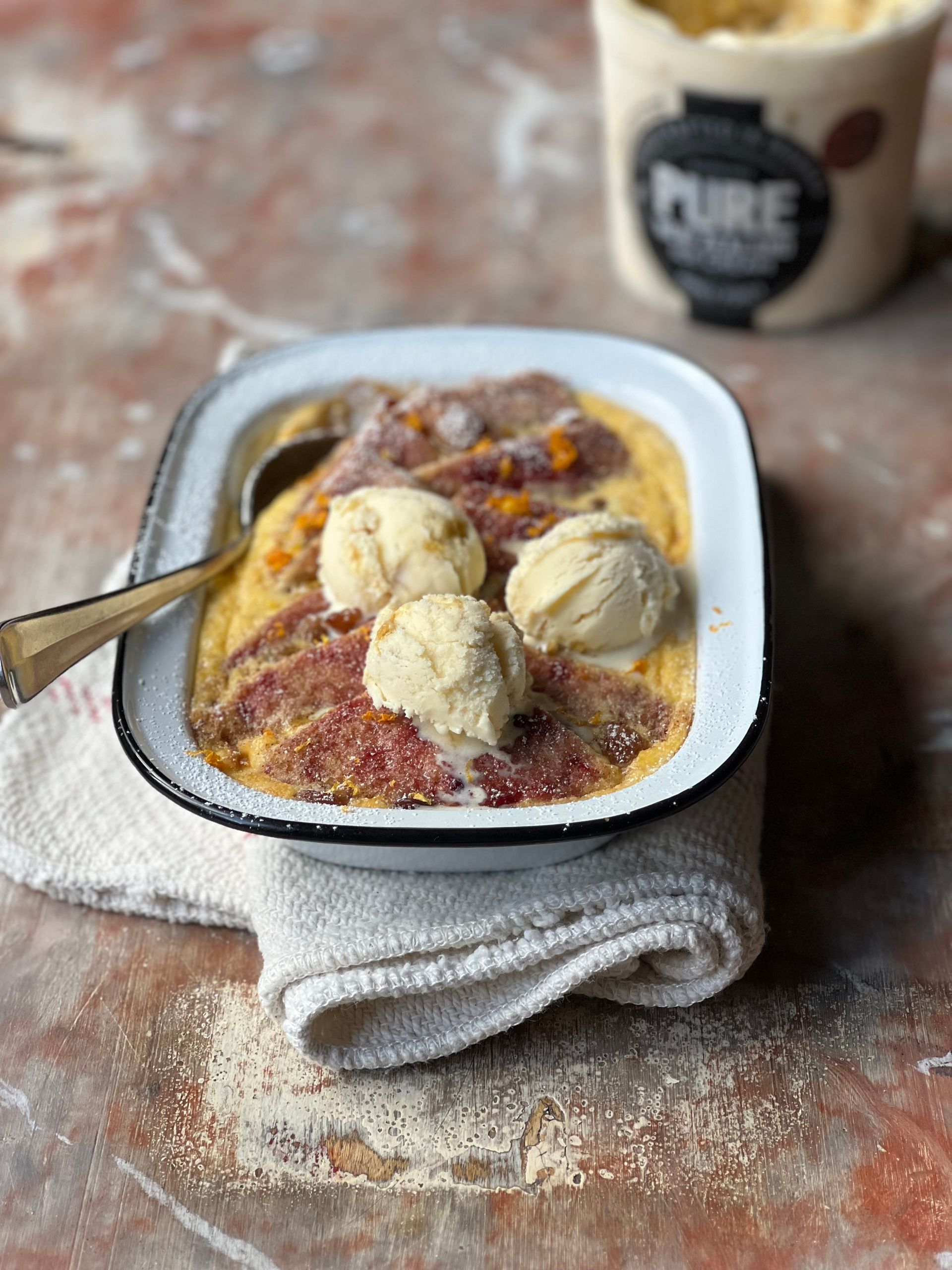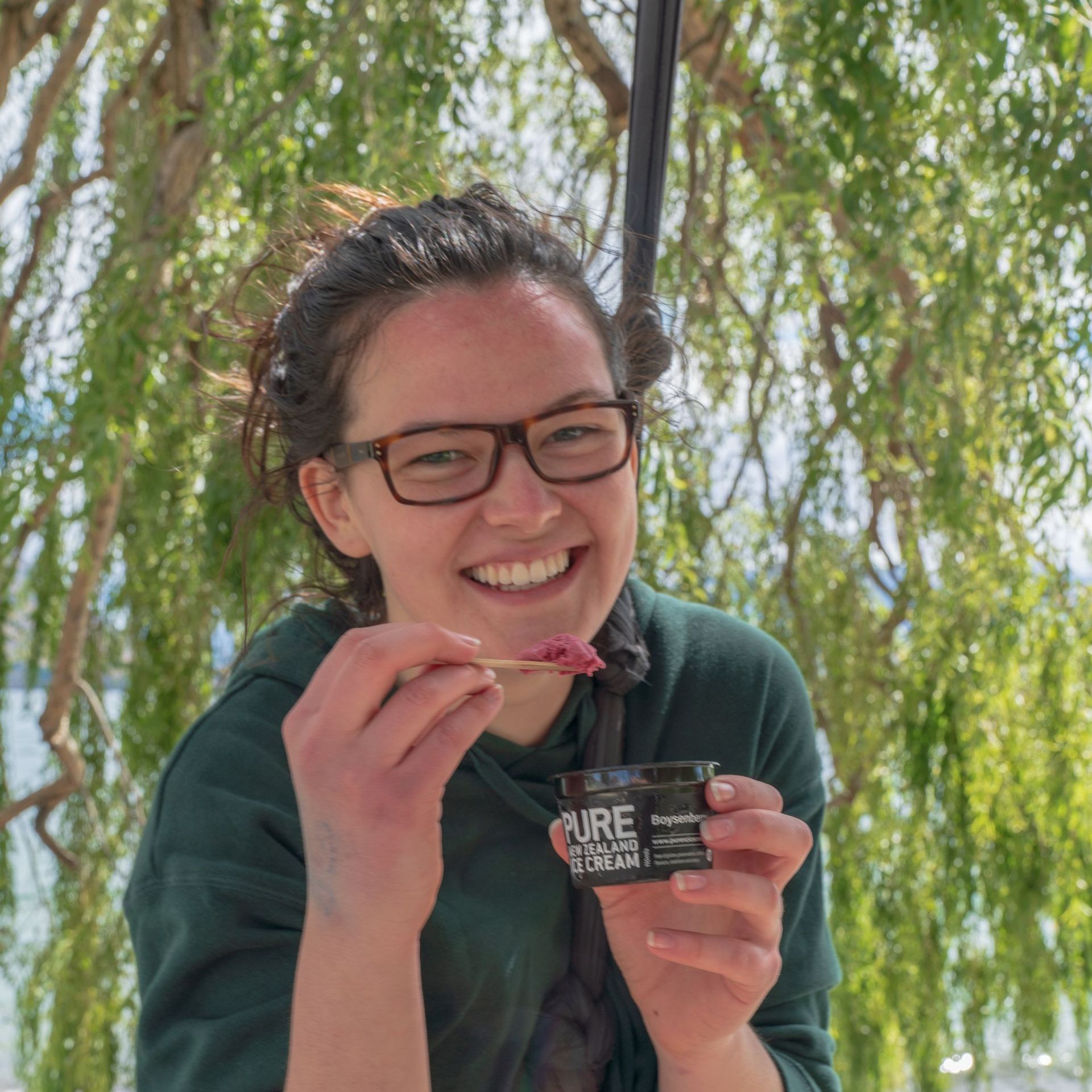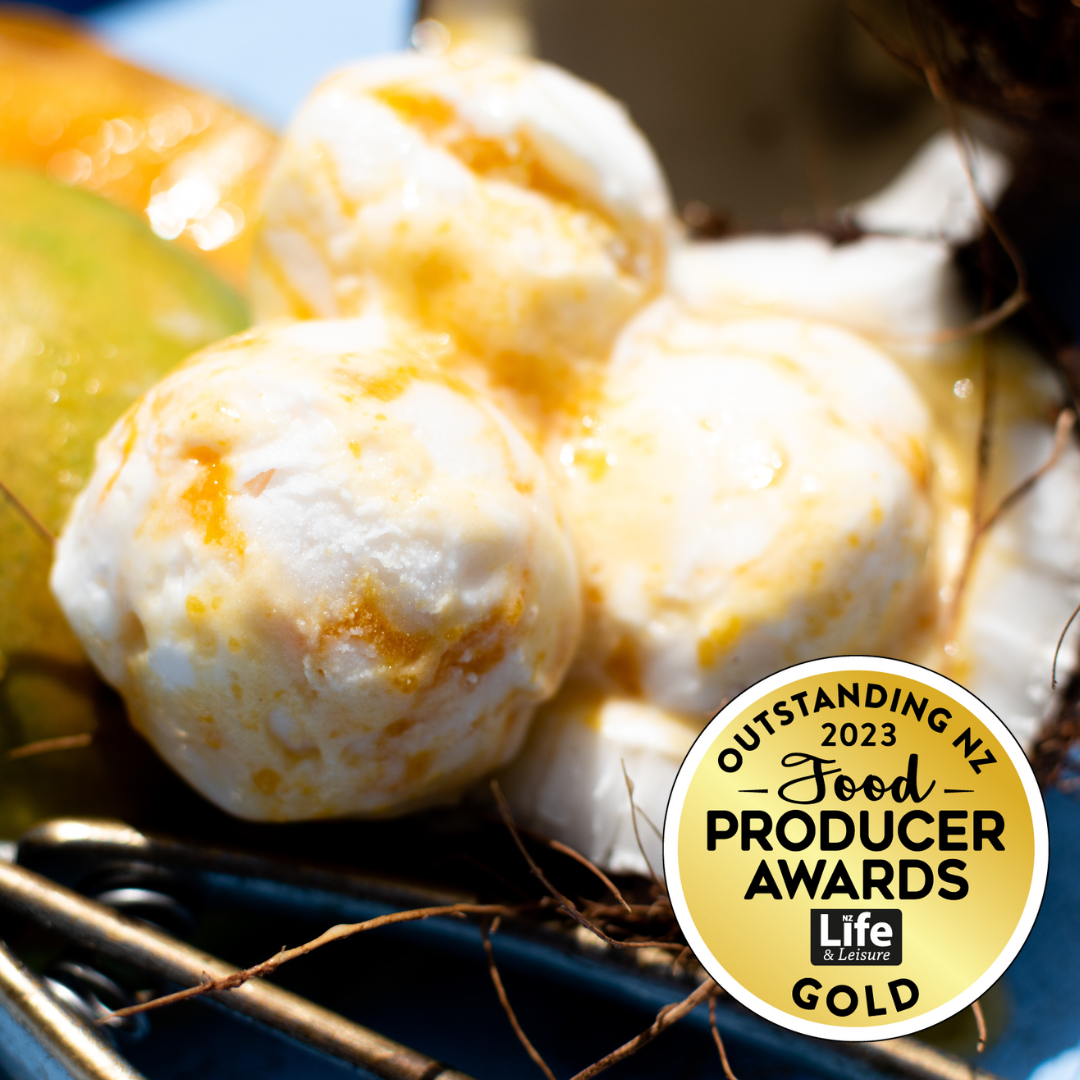There’s something unmistakable about the first spoonful of real, naturally made ice cream - the kind crafted with fresh cream, organic vanilla beans speckled throughout, and berries ripened in the NZ sunshine. It’s not just dessert — it’s flavour that lingers, deepens, and feels connected to where it came from. In an age when artificial flavourings can mimic almost anything, why do natural ingredients still taste so much better? The answer lies in how nature builds complexity and how our taste buds are wired to recognise it.
Real ingredients
Think about biting into a fresh berry in the middle of summer. It’s sweet, yes, but it’s also tart, floral, sometimes even grassy. There are hundreds of flavour compounds inside that berry, developed through sunlight, soil, and slow ripening. When you churn berries into ice cream, those same compounds are carried into every bite. The taste isn’t one-note; it’s layered, surprising, alive.
Now compare that to an artificially flavoured berry ice cream. It may deliver a recognisable berry taste, but it’s a simplified version — mostly sweetness with a single synthetic note layered on top. It doesn’t unfold on the palate the way the real thing does. Instead of sparking curiosity and delight, it satisfies in the moment but leaves nothing behind.
Why natural tastes stronger
It’s not just ice cream
This principle isn’t limited to frozen treats. Bread made with a natural sourdough starter carries a tang and richness that factory-made yeast can’t mimic. Coffee brewed from freshly ground beans offers notes of chocolate, fruit, and spice that no instant blend will ever deliver. Even something as simple as a tomato sauce changes dramatically when made with vine-ripened tomatoes rather than tinned puree.
Wine offers perhaps the clearest example. A glass of wine made from carefully grown grapes tells the story of its vineyard — the soil, the weather, even the year it was harvested. Each sip can reveal layers of fruit, spice, earth, and minerality, shifting and unfolding as the wine lingers on the palate. No artificial flavouring could ever recreate that depth. The beauty lies in complexity: a chorus of natural compounds working together to create a taste experience that is both unique and memorable.
In every case, natural ingredients deliver flavour because they’re alive with variety. Each harvest, each season, even each farm will lend a slightly different nuance. Artificial flavours, by design, are consistent — but they’re consistent in their sameness.
Natural flavour can take you places
There’s also something deeply human about tasting the real thing. The delicate citrus burst of kaffir lime in an ice cream, for example, might transport you to a summer garden or the aroma of freshly crushed leaves in a kitchen, while a sorbet zested with lemon might spark memories of childhood lemonade stands. These connections can’t be bottled in a laboratory.
Artificial flavours often bypass that emotional depth. They can remind us of sweets or packaged food, but rarely of orchards, farms, or the seasons themselves. Natural ingredients tell a story. Artificial ones tell a shortcut.
Real natural ingredients beat chemistry every time
Choosing natural ingredients reflects a philosophy of care. Ice cream made with real cream, cage-free eggs, and seasonal fruit honours both the ingredients and the eater. It requires sourcing, patience, and skill. It often costs more, but it gives more in return — not just in flavour, but in the experience of eating something crafted with intention.
This commitment also means resisting the temptation to add stabilisers and emulsifiers. These are often used in industrial ice cream to smooth texture, extend shelf life, and mask the absence of fresh ingredients. But the trade-off is flavour — stabilisers can dull the brightness of fruit, and emulsifiers can coat the palate, muting those delicate top notes that make natural ingredients sing. When ice cream is made simply, the way it used to be — with natural ingredients — you don’t just taste cold sweetness; you taste the real character of the ingredients in all their intensity.
Crafting flavour naturally


